
Bayern
-
Posts
2,103 -
Joined
-
Last visited
-
Days Won
6
Content Type
Profiles
Forums
Blogs
Gallery
Events
Store
Posts posted by Bayern
-
-
There are not perpetual misteries , the type of number remembers me to something yet seen , Austrian not , certainly not French . I will made a bit more of research
0 -
On 01/06/2020 at 19:17, Deruelle said:
Hi everybody
I have a pair on officer shoulder board from Jäger Bataillon 13. The number is unique in the German Army (as you can see on the photos). A friend give me the authorization to publish his pair of Epaulette from JB 13.
I'm interesting to know when this particularity was adopted. I can't find this information. Thanks for your help.
Don't hesitate to show yours
Christophe
Take a look into German Daggers Forum .Imperial collar patches and SBs section . and will be able to observe the variety of types of numbers and monograms
0 -
Sajkaca , Is a sealed Commisariat muster ?
0 -
10 hours ago, ccj said:
What says Weitze in the catalogue ?
The Litewka with dove grey patches is of the Air Service I imagine due to the fact that the arm of service colour of the Air Service was light grey but the medium blue backing of the SBs dont match .
0 -
And also announces his caps as Free of front pressure
0 -
-
Hello ,the badge is called the Rokiski , or Roquisqui for the name of a certain Mr Rokiski ,of Polish ancestry who in 1939 redesigned the Aviatiors badge first designed in 1919 . The badge was designed by Infante Don Alfonso de Orleans ,his wife and two officers of the Spanish Aviation Captains Kindelan and Herrera . the inspiration is Egyptian .the red sun and the wings of a Ibis . from 1919 to 1931 it carried over the Royal Crown ,from 1931 to 1936 a mural crown , then a red star for the Republicans and for the Nationalists a ST john eagle . In 1939 again Crown but open topped , this lasted until 1975 . from 1975 to today is used again in his 1919 model
0 -
14 hours ago, GdC26 said:
Here is your answer for Bavaria, I believe (which I think is what you actually were looking for).
On a quick reading, in essence, as of 1873, Achselbänder (which included the Generalsgeflecht denoting rank) only existed for officers of general rank, Achselschnure for adjutants of any rank (with colors denoting differences in rank and station).
With the abolishment of the general's parade dress in 1910, Achselbänder, although not abolished, practicallyally became redundant (as a practical matter, the Generalsgeflecht could not be worn with epualettes) as generals switched to wearing Achselschnüre.
As an aside I noted that adjutant cords should have closed crown tips, Flügeladjutanten and princely adjutants open crowned tips.
Hope this helps,
Sandro
Great contribution ! Many thanks .
Regarding the sash weared over the right shoulder to the left hip it was the distinctive of Regimental Adjutants among others . In the today Chilean Army the Adjutant of the Escuela Militar wear in Parade the sash Prussian Style. The same the Adjutant of the Regimiento Escolta Granaderos . both units with Prussian Parade Uniforms
0 -
Hello Nack , Hard to say but one of the main manufacturers of caps was EREL Robert Lubstein ,look inside your cap ,a makers Seal must be . another manufacturer was PEKURO this one has as trademark a dispositive in the front of the sweatband that minimizes the pressure over the front of the head . search for it with care .
0 -
Hello F , Once ,thirty years ago I served for a short time in a Transmissions squadron of the Argentinian Army under the command of the then second Cavalry Brigade . the squadron operated with M113 armoured vehicles .well I discovered that the use of breeches and riding boots was very comfortable inside the vehicle .It was against the Regulations but the squadron Chief was my friend and soon he do the same . And the Brigade Commander ? well ,He was a Cavalry Officer before being General and only smile
0 -
Its possible ,the Romanian medal ribbon was wide yellow with blue and red narrow borders . and if he served with romanians ,more reason to think that
0 -
Hello Chris ,Achselbande are the two plaited pieces of your pic . Achselschnure the two cords that ended in the metallic pencil like pieces
0 -
Hello Viscountless , I guess that you want to know if the oficers braid and the NCOs and enlisted men were the same. well they were not . the Oficers braid was in many cases highly decorative ones , inclusive the more simples designs . the NCOs and enlisted men ones were basically the same type for all Regiments entitled to wear braid . in two variants ,the so clled Grenadier litze that showed on the plate posted by arb and the so called Garde litze ,that was the same but double . existed a third variant called old style , this was a simple bar pointed at the rear end . It was not much used
0 -
22 hours ago, Family Sleuth said:
My goodness, you gentlemen are amazing! Thank you so much Dave and Christophe, you have given me plenty to go on. I found this the other day with your lead Christophe......
Now I'm busy working out what it all means.
Dave, I suspected he was born in Pommlitz since that was his family's rittergut. Where did you access his death certificate? I'm clearly not very good at this because I have been unable to find any record of a birth, death or marriage certificate online.
Hopefully I'll be able to post a few photos that may be of more interest to your group. I'm just waiting for my Mum to unpack a couple of old photo albums. There should be some in there that are of more general historical interest.
Hello Bayern,
Looking through the old photos, I can't help thinking that the uniforms put the present day military garb to shame. Thought I doubt they were very practical or, more importantly, provided much protection. Nevertheless they certainly make the wearers look very impressive.
Hello F , Present day military uniforms are a misconception . they are manufactured with almost no other parameters than supossed economy ,practicity and protection thats the Combat ones . the everyday ones were generally speaking drab and plain . Regarding the practicity of the old uniforms you must think that they were tailor made for officers and senior NCOs in some cases and in the case of the soldiers were at minimum adapted to each man by regimental tailors in consequence they fitted well on the body and felt comfortable . after all the old uniforms served well
0 -
On 17/05/2020 at 02:27, Family Sleuth said:
The two officers with metallic pickelhaube arefrom the Karabinier regiment , light blue ueberrock with black facings and white breeches, .the officer with peaked cap probably is a Karabinier also . the officer with dark blue uniform and litzen on collar and cuffs could be a regimental Doctor
0 -
Never the up nosed Ribbentropp
1 -
The Iconic pic was captioned in many books about WW1 as The German horde advancing against the Belgians or the French or the British , Less passionately as The German soldiers advancing towards the Enemy ,in all cases during August 1914 .Well its Prima Facie possible . August is high Summer and the pictured soldiers looks as overheated sic . but where ? certainly not in Belgium plain as a coin excepting the Ardennes . Not the North east of France . Where then ? Alsace I think . the field they are traversing appears as covered with flowered plants . but so dense that one thinks in a cultivated field .Another detail of interest is the absence on the helmets of the red or blue band used in manouvres and of numbers on the helmet covers but if the pic is of wartime the absence of the number is owed to the censor . The civilian present may be a war correspondent .the German High commands were more receptive to the journalists than the Frenchs .
0 -
The absence of rank lace on the cuffs or at least a trace of their presence is a theme itself . The Flottenrock of the Austro Hungarian Navy carried the Rank on the cuffs for Officers and senior NCOs . The Shoulderboards were for the Summer White uniform .only . Officers carried on the shoulders the so called passanten in gold lace ,,
0 -
Hello ,I suscribe what The Prussian says . I think that was rather uncommon a Sargeant promoted to the Service position of Offizierstellvertreter .due to the fact that the regulations determines the rank of Vizefeldwebel with four years in the post as eligible for Offizierstellvertreter .Service position and not Service Rank .
0 -
Viscount and The Prussian , In the Film the Great Illusion directed by Jean Renoir whose action takes place in German POWs Camps , the Executive of the first Camp is Arthur a Feldwebelleutnat . Viscount ,as a rule regarding Imperial German SBs ,the metallic number or Cypher on it denotes a rank of Vizefeldwebel or more high .
0 -
Gordon Craig . The Austro Hungarian Army , the so called Common Army ,used Plain buttons in gold or silver colour with the Exception of the Generals whose buttons have a rosette engraved and te Artillery with crossed cannons . The buttons with the Saint Stephen crown on it belonged to the Hungarian Honved of the Regency I believe and were supplied in gilded brass for Officers , silver for NCOS and matt copper for troopers .
0 -
2 hours ago, Family Sleuth said:
Oh wow, that's fantastic, thank you Christophe. May I ask where that information is listed?
Both his date of birth and death are listed on the back of the photo I posted above.
Date of birth: 5.6.1869 Leipzig
Date of death: 26(?).1.1948 Dresden
Here is a photo of him, dated on the back as 1912.
Another one, date unknown, but may be of interest to some......
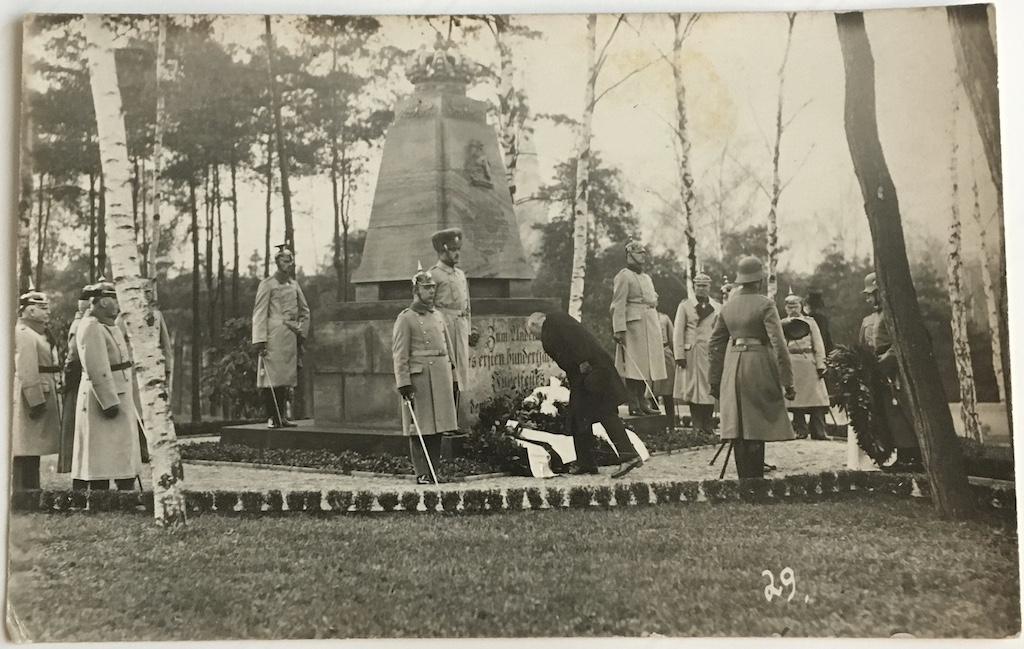
Hello . The first pic shows a Field officer , probably a Major ,with the uniform of the first Saxon Lancer Regiment ,Nuber seventeen . Emperor Francis Joseph .
0 -
Hello .I asume that you cant read German ,or did you ? If you read German you can enter in the site of the Grimma Museum ,there is a history of the Grimma Husaren and their war service during WW1 . The Regiment departed from Grimma to the West in 1914 with 35 officers 675 men and 743 horses and took part in the avance into France acting as Cavalry ,exploration ,search of information and destruction of the enemy communications .
0 -
Luftmensch . They are a number of pics in the web .you must enter : Body armour of WW1 or Brewster Body armour , or German Body armour ww1 . I remember a pic under the caption of German body armour of ww1 ,that shows a man with a sort of lamellar armor ,a round capacet or cabacet and the goggles with the cross like eye slots
0


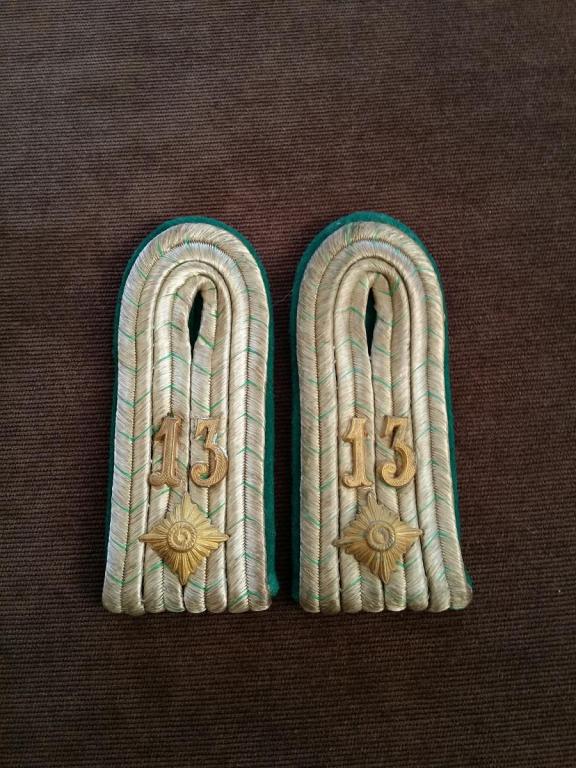
.thumb.jpg.67029e9e9ce4eef279dd5cbfca7fda5e.jpg)
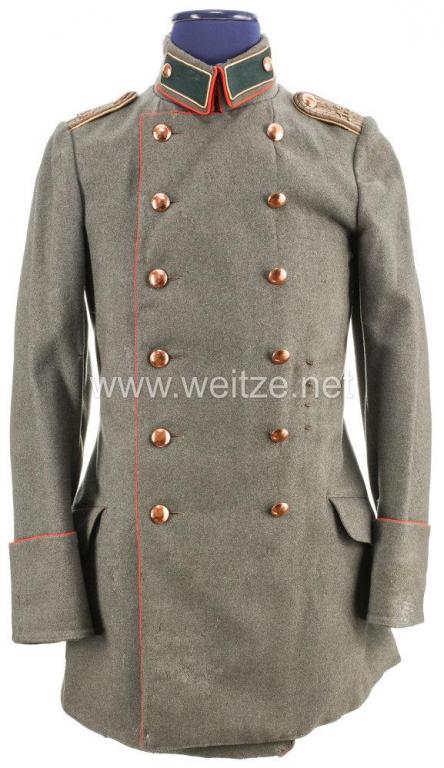
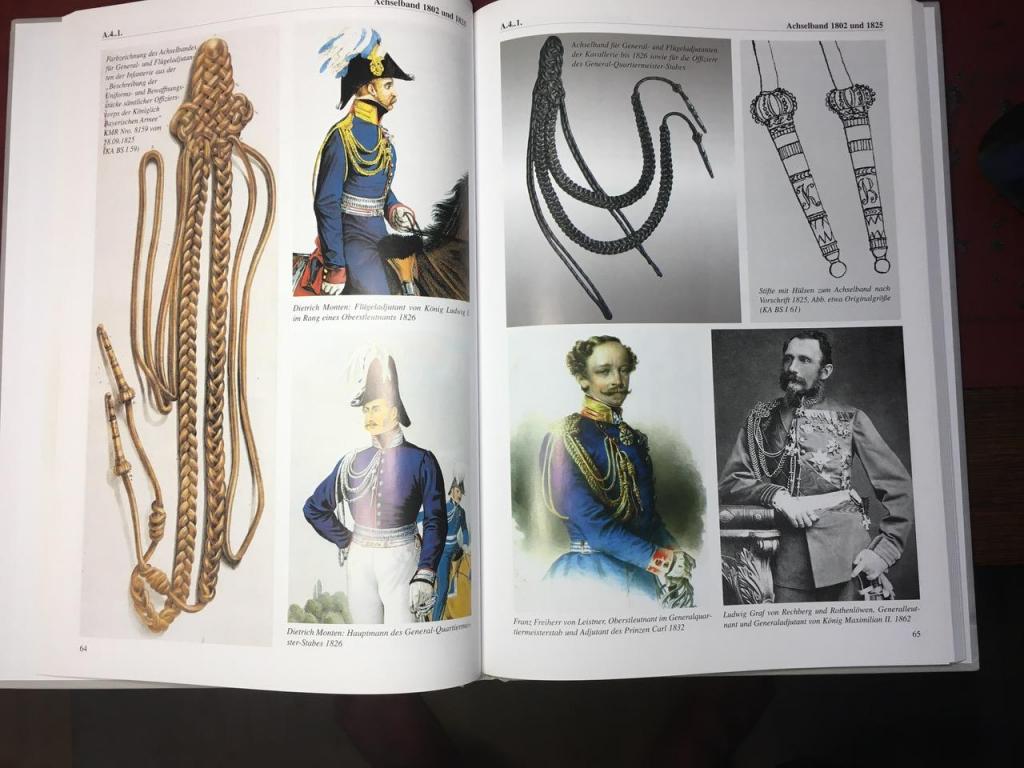

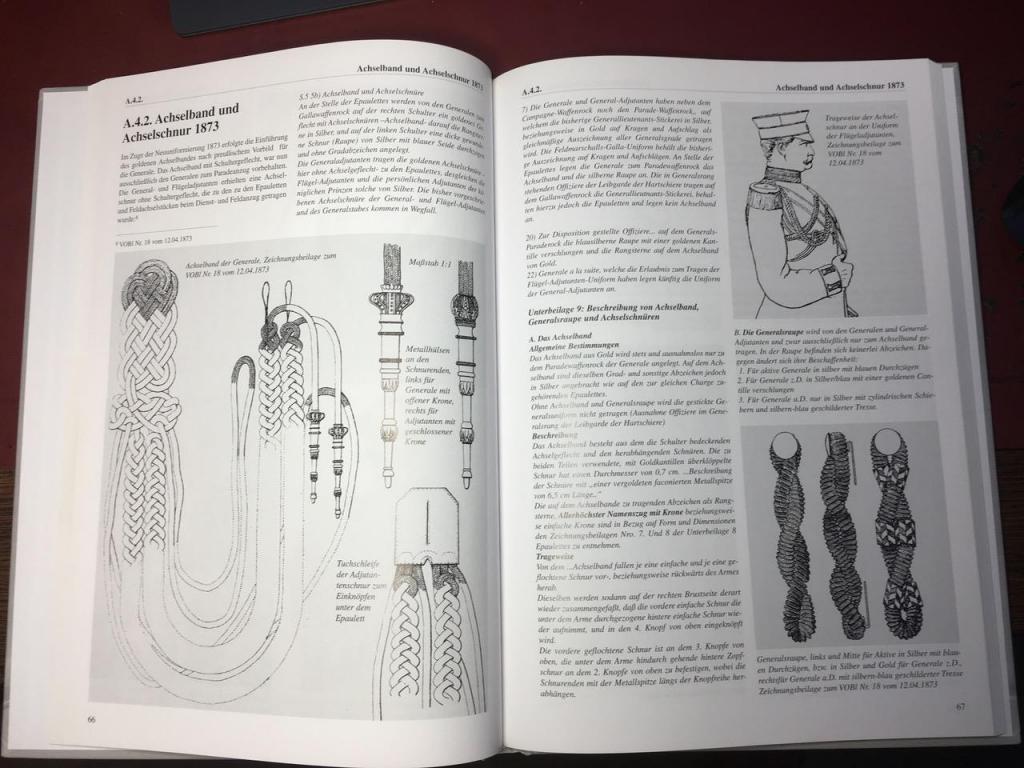
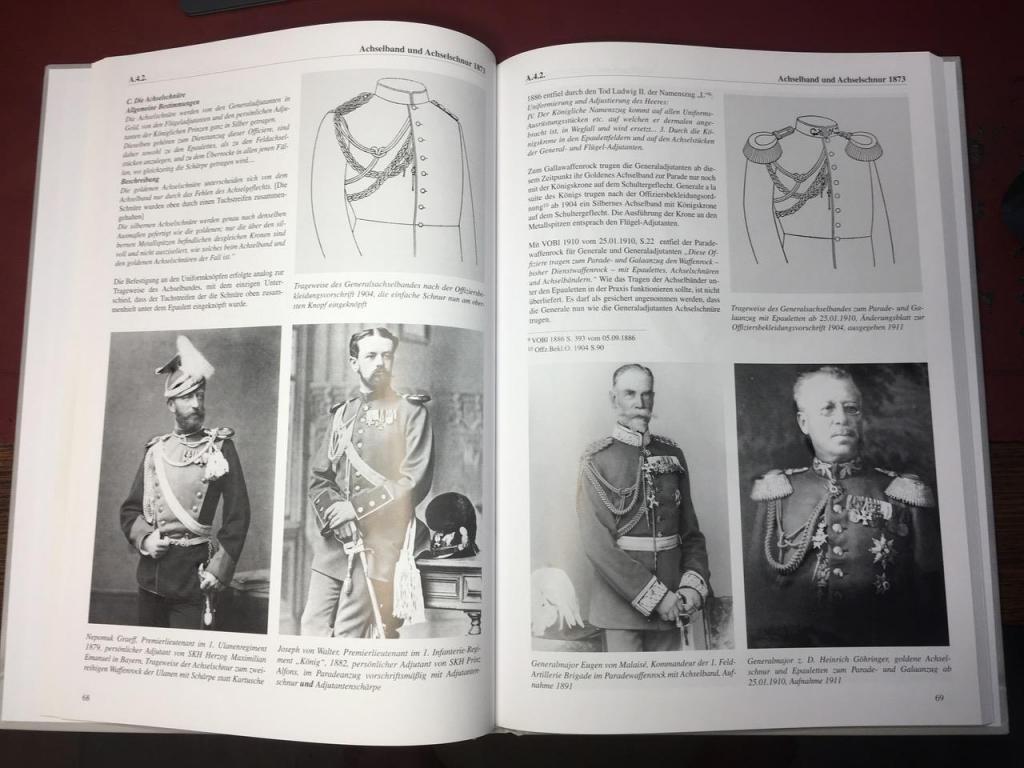
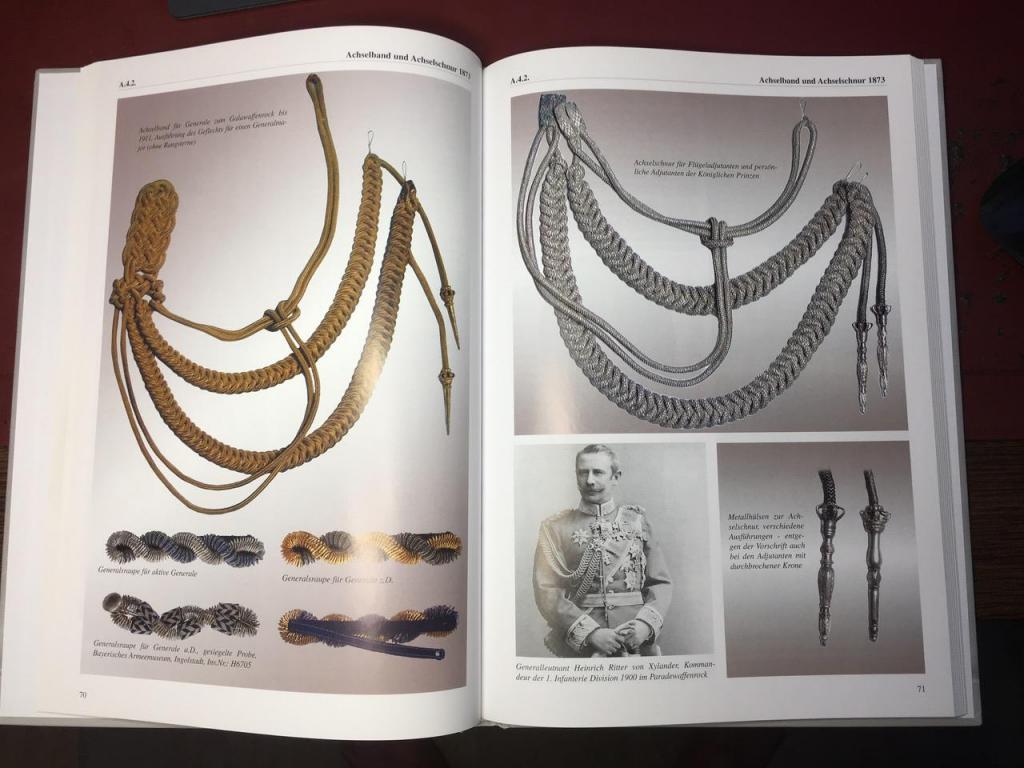

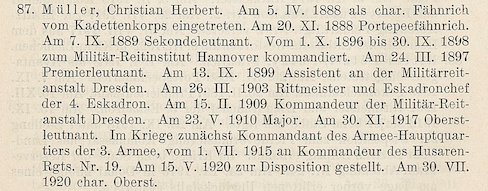
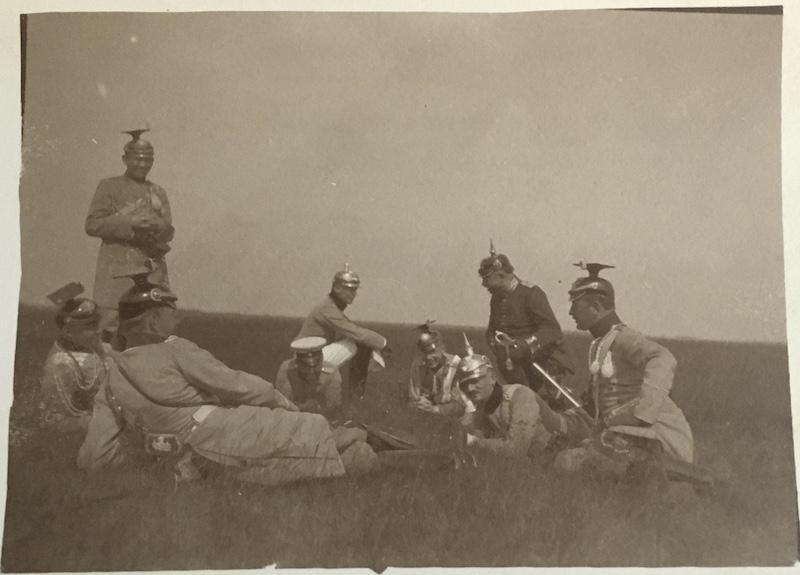
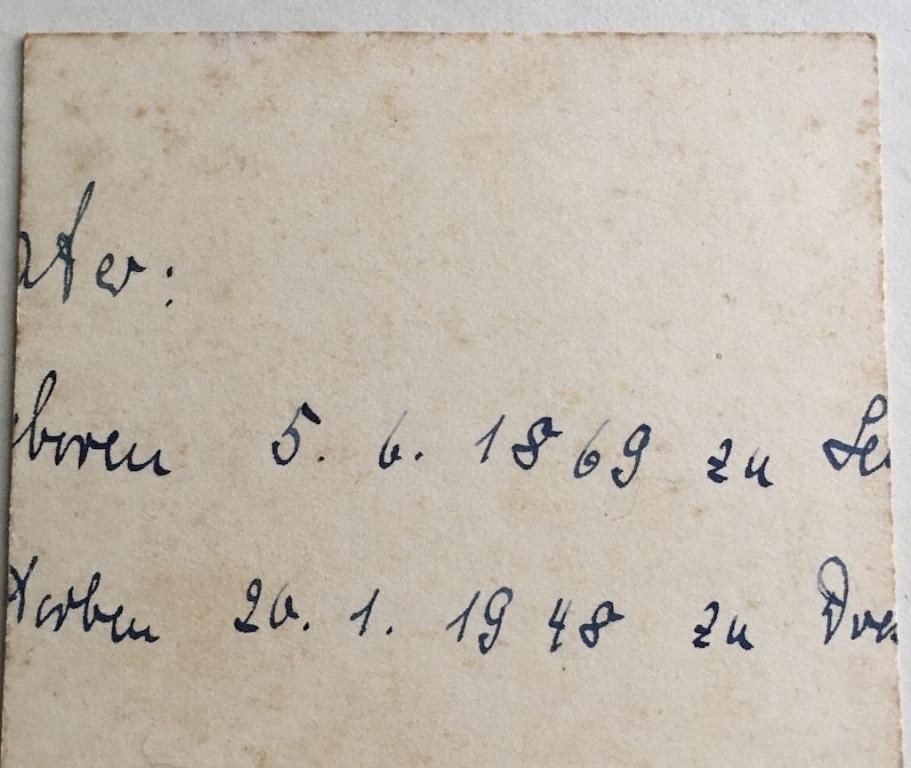
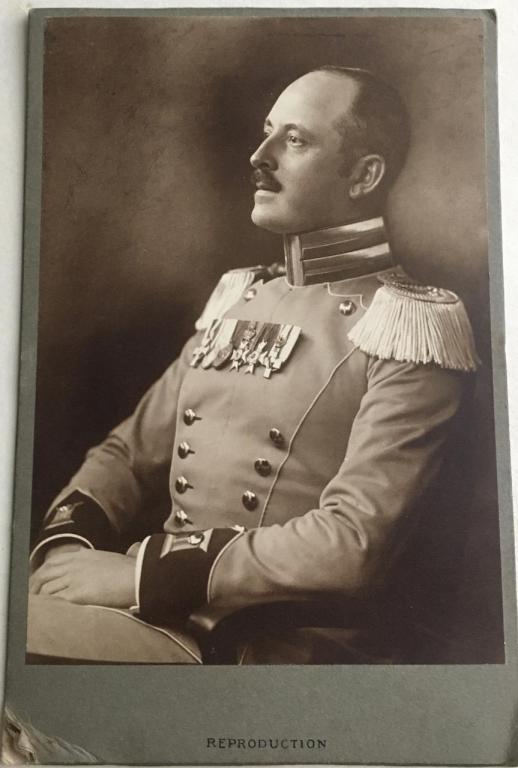
Inter-War MG08 & MG08/15
in Germany: Third Reich: Uniforms, Headwear, Insignia & Equipment
Posted
Always interesting ! thanks